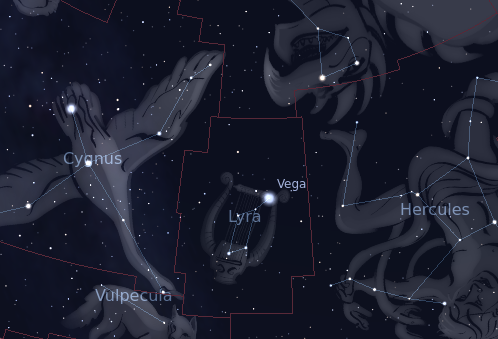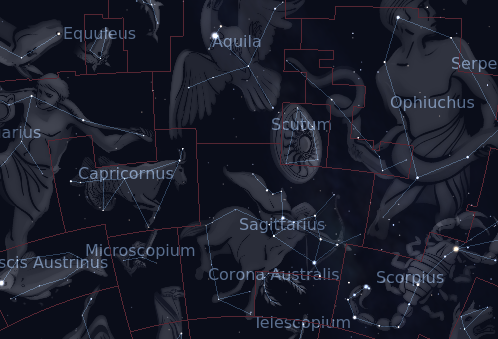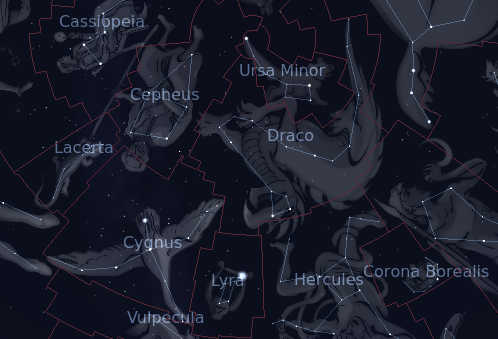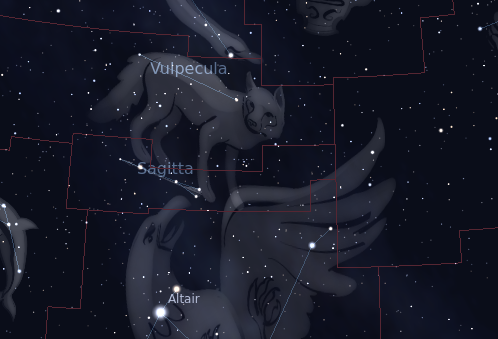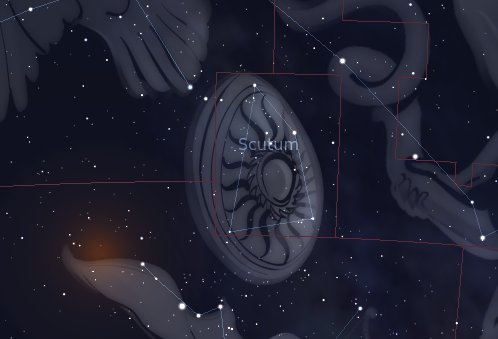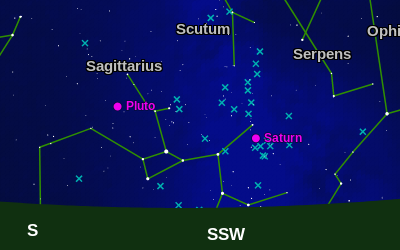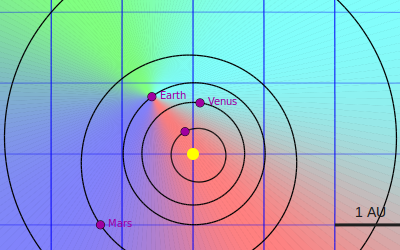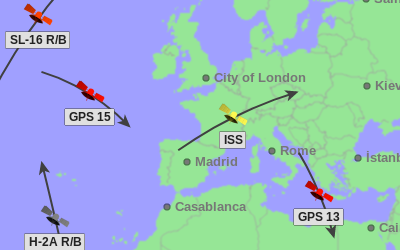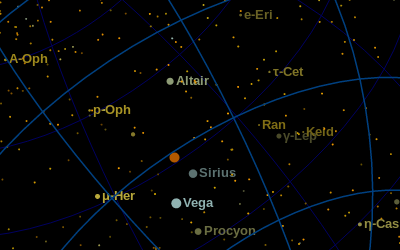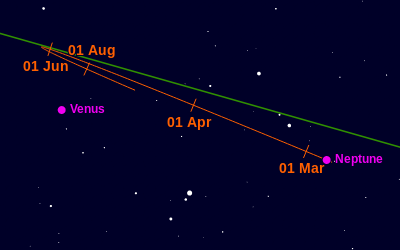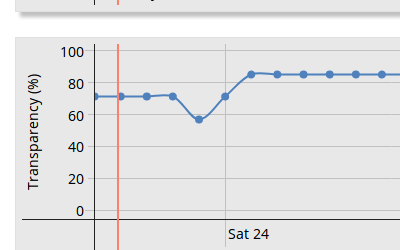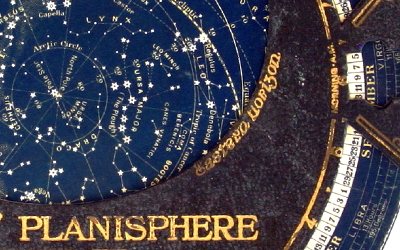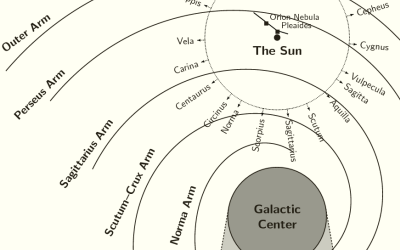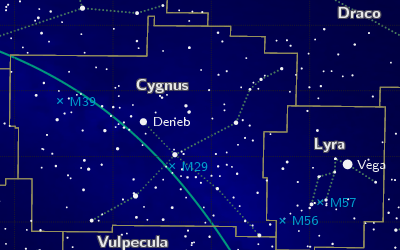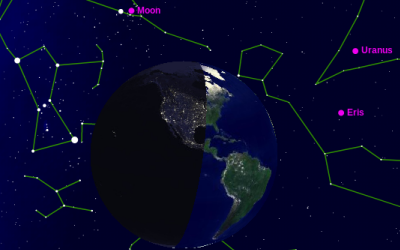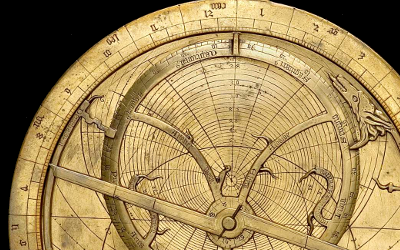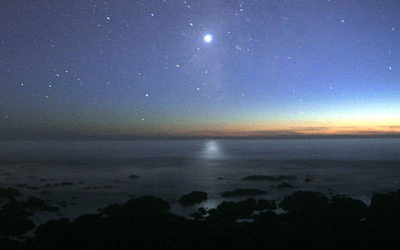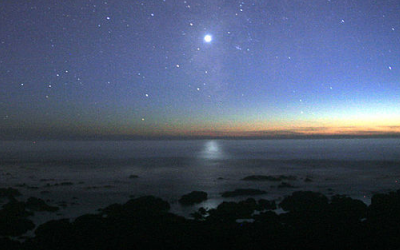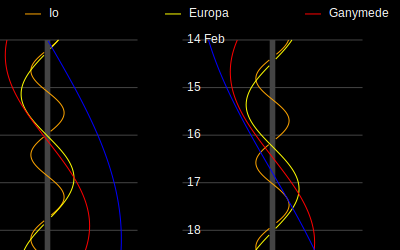|
From the Moon feed Thu, 10 Jul 2025 13:36 PDT |
|
Close approach of the Moon, Saturn and Neptune From the Appulses feed Wed, 16 Jul 2025 00:21 PDT |
|
From the Deep Sky feed Thu, 17 Jul 2025 |
|
From the Moon feed Thu, 17 Jul 2025 17:38 PDT |
|
Close approach of the Moon and M45 From the Appulses feed Sun, 20 Jul 2025 03:55 PDT |
|
Venus at highest altitude in morning sky From the Inner Planets feed Sat, 26 Jul 2025 |
|
The lyre; often said to be played by Orpheus, the greatest musician of his age. |
|
|
The archer; usually drawn as a centaur – half man, half horse |
|
|
The dragon; in Greek mythology, Ladon, guard of the tree on which golden apples grew, slain by Hercules. |
|
|
The arrow; in Greek mythology, perhaps the arrow that Apollo used to kill the Cyclopes. |
|
|
The shield; a constellation honouring King John III Sobieski of Poland – the only politically inspired constellation still in use. |
|
